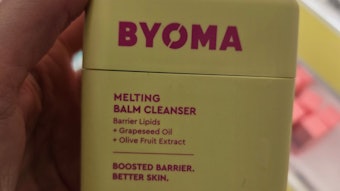Glycerin is widely considered to be the industry bench mark for skin moisturization. It has been demonstrated by numerous methods to be an effective moisturizer when used at levels above 3%, although the choice of vehicle can influence performance. Glycerin is also associated with undesirable aesthetic characteristics such as tackiness, greasiness, residue and gloss during and after application.
Is there an alternative ingredient that moisturizes as well as glycerin but also has more favorable sensory attributes? The research suggests one such candidate is hydroxyethyl urea. A series of evaluations compared the two ingredients on the basis of water uptake and retention, moisturizing efficacy, sensory attributes and long-term moisturization. The two ingredients were also compared in formulation for their moisturizing efficacy and sensory characteristics. The result: hydroxyethyl urea was found to deliver moisturization efficacy comparable to glycerin, while offering some advantages in terms of sensory perception in skin care products.
The Ingredients
Glycerin is a colorless and odorless moisturizing agent typically supplied at 86% or 99% active level. Traditionally, glycerin, also known as glycerol, is obtained through the saponification of triglyceride oils (derived from animal or vegetable sources) in soap manufacturing. Some major suppliers of glycerin are Cognis Corporation and Uniqema, the latter of whom provided the 99.5% glycerin used in this research. Hydroxyethyl urea is a colorless and odorless moisturizing agent supplied as a 50% aqueous solution.
Hydroxyethyl urea is created through a synthetic process. The hydroxyethyl urea used in these studies is a proprietary product made by National Starch and Chemical, the only company that supplies this raw material to the personal care industry.










